 Abraham Lincoln
If given the truth, the people can be depended upon to meet any national crisis...
Abraham Lincoln
If given the truth, the people can be depended upon to meet any national crisis...
 Guildford news...
for Guildford people, brought to you by Guildford reporters - Guildford's own news service
Guildford news...
for Guildford people, brought to you by Guildford reporters - Guildford's own news service
Birdwatcher’s Diary No.72
Published on: 15 Oct, 2014
Updated on: 15 Oct, 2014
By Malcolm Fincham
I enjoyed ‘the last of the summer wine’ in terms of weather and spoiled by the warm, sunshine September brought. But by the first week of October, Atlantic weather systems started to take control and it was time to sober up to the realisation that autumn had truly arrived.
Locally on the scrape near Stoke Lock by the start of the month I started to see teal arriving back from northern breeding grounds with a maximum count of 15 so far.
While on a walk along the River Wey towpath between Burpham and Trigg’s Lock, with fellow bird watching enthusiast Dougal, we met up with a guy pulling a caged net from the river full of crayshfish
These signal crayfish are highly invasive and a non-indigenous species. They have largely wiped out our native white-clawed crayfish and have become a curse to fishermen. One angler friend of mine claims to have terminated 337 he’d accidentally caught so far this year.
Allowing me to take a photo of an adult one, the guy we met also interestingly explained how to legally fish for them once a permit has been obtained.
Many that fish for them without permission, throw the smaller ones back in the water, which is in fact illegal, as technically they are releasing a non-native species. If caught, this practice can result in a hefty fine.
While being cannibalistic in nature, the adults do help to keep down the population of the smaller ones.
And with a bucket full of young ones, he was happy to take them home to grow on in tanks he has set up – or to be a food source for the larger ones?
On October 6, while on another visit to Stoke Lake, a kingfisher showed again on the tern raft.
With the light being so good I was really pleased with some of the results which I took with my bridge camera. Getting what I consider to be some even better pictures than I featured in my previous report.
With most of our summer visitors having now departed there has been little sign locally of the arrival of any wintering thrushes in the way of redwing or fieldfare. However, they are due to arrive anytime now from Scandinavia.
A trip to Thursley Common during the first week of October turned out to be a quiet but pleasant one, if only to see the seasonal changes since my last visit. The bracken is now turning golden brown in the sunlight and silver birch leaves are changing colour too.
A few of the birds still on show included a few stonechats, woodlarks, a flock of meadow pipits as well as both green and greater spotted woodpeckers.
There was even a small flock of our resident thrush – the mistle thrush.
On October 7, 8 and 9, I viewed several small sized family groups of house martin and swallows. These few last stragglers are now slowly working their way south on migration, feeding as they flew overhead as they passed through Wonersh.
They will soon be feeding on insects among the wildlife in Africa.
At this time of year jays can often be seen locally flying overhead. They are instantly noticeable by their laboured flight and white rumps. And at this time of year they often have an acorn in their beaks. It is said that they can carry as many as nine more in their gullets which they then hide away in their secret caches.
Along with squirrels, they are probably the most prolific at redistributing acorns across our Countryside. Click here for more details.
With inclement weather continuing on Saturday, October 11, I found myself rapidly running out of time to collect what I felt would be a sufficient amount of pictures for this report.
However, late that morning, while driving along Blackheath Lane in Wonersh, I was pleasantly surprised to see two red kites following a tractor as it was harvesting the field north of the entrance to Barnett Hill Conference Centre.
Only managing a few silhouetted record shots, I made a return later in the day when the rain had passed and was pleased to see the harvest hadn’t been completed. Both red kites were still present. This gave me some great opportunities of getting some more pleasing photos in better light.
There was even a bonus picture of a common buzzard that that had joined in on the man-made feast the tractor driver was creating.
As I quoted way back in my report number 27 about Red kites ”This was a bird once regularly seen over the streets of London in pre-Victorian times – before they became persecuted to the verge of extinction in the UK in the last century. Now maybe just a ‘pipe dream’, but wouldn’t they be a wondrous sight to once again take up residence in the Surrey Hills alongside our now resident common buzzards?”
Maybe a premonition? Or just a dream coming true?
Although there was no sign of the kingfisher on the raft while visiting Stoke Lake later that day, but four cormorants were there, taking up a familiar pose for this time of year.
With some patience I was able to get a shot of the kingfisher as it flew past me.
I then moved on to Bowers Lock, and with the last hour of daylight fading it completed what turned out to be a great day in local birdwatching. The sun being low in the sky seemed to be working in my favour on many levels. To my surprise it allowed me to get incredibly close to a common buzzard.
A bird usually spooked at the first sight of humans, this buzzard was presumably unsighted by my presence by the sunlight behind me. It allowed me some rather pleasing photos on which to end my report.
Responses to Birdwatcher’s Diary No.72
Leave a Comment Cancel replyPlease see our comments policy. All comments are moderated and may take time to appear.
Recent Articles
- Guildford Institute’s Crowdfunding Project for Accessible Toilet in its New Community and Wellbeing Centre
- Letter: Guildford – Another Opportunity Missed?
- Letter: GBC’s Corporate Strategy – Where Is the Ambition?
- My Memories of John Mayall at a Ground-breaking Gig in Guildford Nearly Six Decades Ago
- Westborough HMO Plans ‘Losing the Heart of the Street’ Says Resident
- College Invests to Boost Surrey’s Economy and Close Digital Skills Gap
- Community Lottery Brings Big Wins for Local Charities
- GBC Housing Plan Promises ‘A Vibrant Urban Neighbourhood’ Near Town Centre
- Hospital Pillows ‘Shortage’ at the Royal Surrey
- Updated: Caravans Set Up Camp at Ash Manor School


Recent Comments
- Ian Macpherson on Updated: Main Guildford to Godalming Road Closed Until August 1
- Sara Tokunaga on GBC Housing Plan Promises ‘A Vibrant Urban Neighbourhood’ Near Town Centre
- Michael Courtnage on Daily Mail Online Reports Guildford Has Highest-paid Council Officer
- Alan Judge on GBC Housing Plan Promises ‘A Vibrant Urban Neighbourhood’ Near Town Centre
- John Perkins on GBC Housing Plan Promises ‘A Vibrant Urban Neighbourhood’ Near Town Centre
- S Collins on GBC Housing Plan Promises ‘A Vibrant Urban Neighbourhood’ Near Town Centre
Search in Site
Media Gallery
Dragon Interview: Local Artist Leaves Her Mark At One of England’s Most Historic Buildings
January 21, 2023 / No Comment / Read MoreDragon Interview: Lib Dem Planning Chair: ‘Current Policy Doesn’t Work for Local People’
January 19, 2023 / No Comment / Read MoreA3 Tunnel in Guildford ‘Necessary’ for New Homes, Says Guildford’s MP
January 10, 2023 / No Comment / Read More‘Madness’ for London Road Scheme to Go Ahead Against ‘Huge Opposition’, Says SCC Leader
January 6, 2023 / No Comment / Read MoreCouncillor’s Son Starts Campaign for More Consultation on North Street Plan
December 30, 2022 / No Comment / Read MoreCounty Council Climbs Down Over London Road Works – Further ‘Engagement’ Period Announced
December 14, 2022 / No Comment / Read MoreDragon Interview: GBC Reaction to the Government’s Expected Decision to Relax Housing Targets
December 7, 2022 / No Comment / Read MoreHow Can Our Town Centre Businesses Recover? Watch the Shop Front Debate
May 18, 2020 / No Comment / Read More



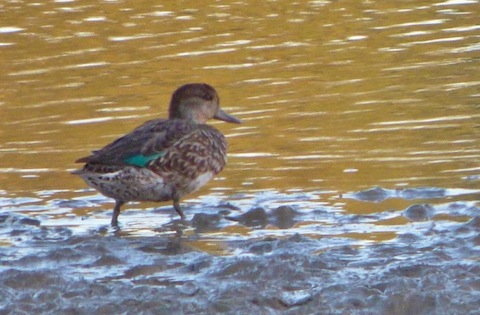
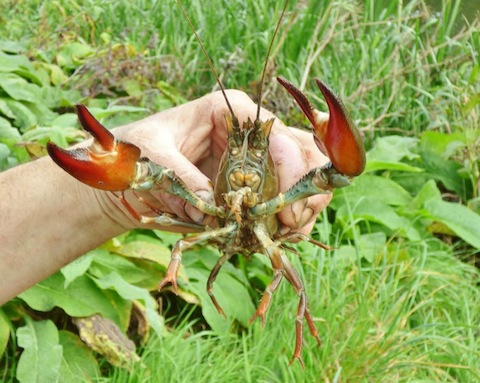
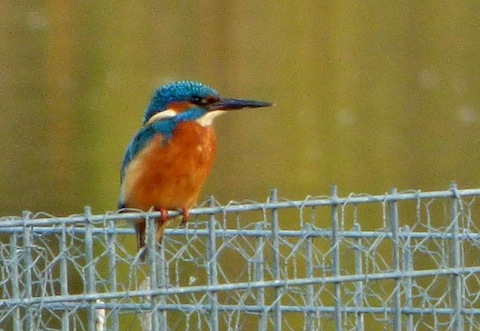
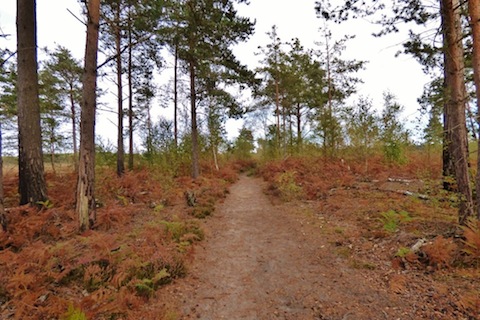
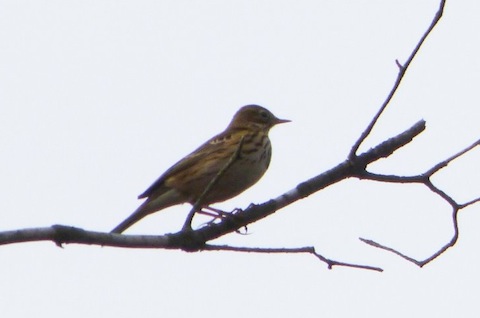
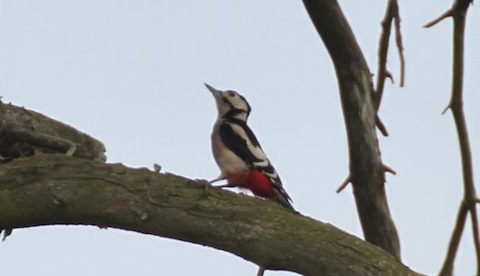
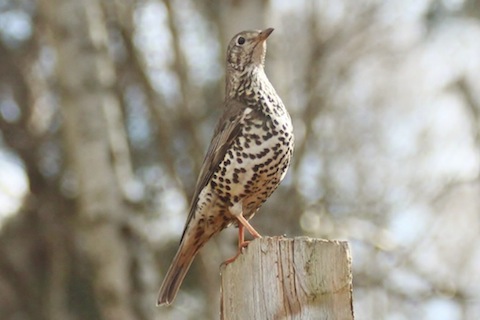

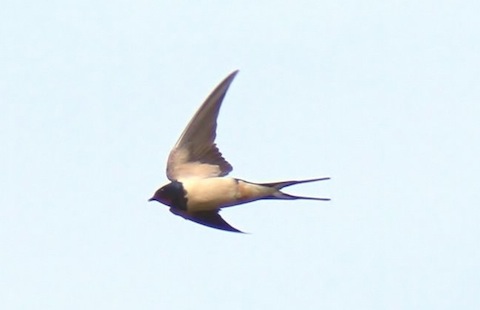
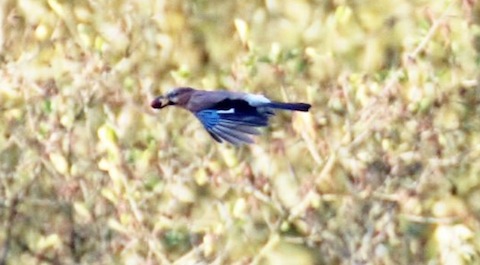
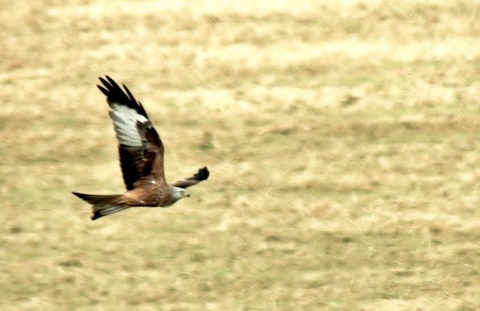
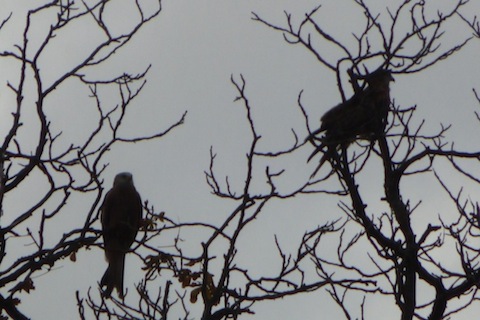
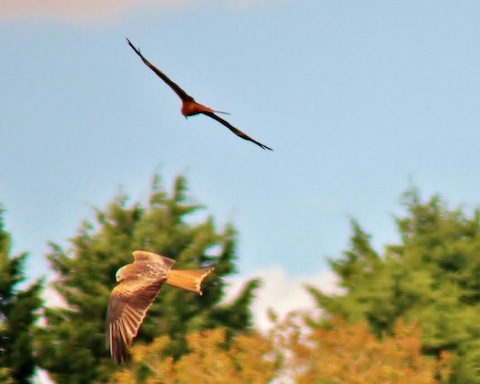
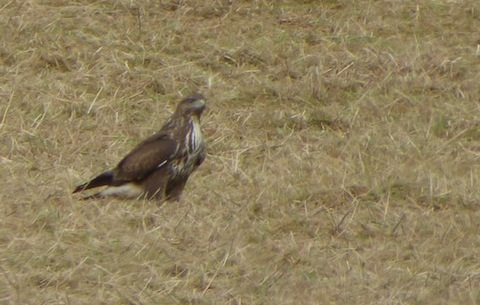
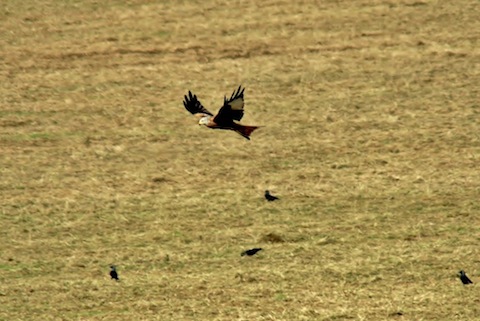
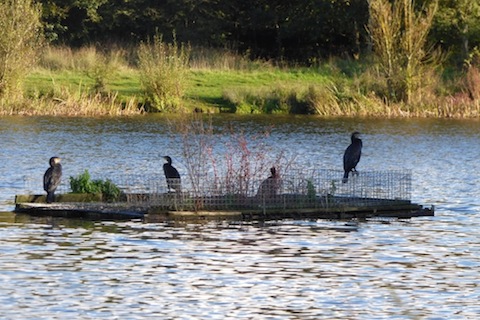
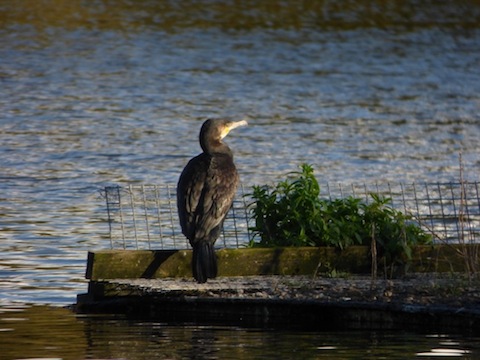
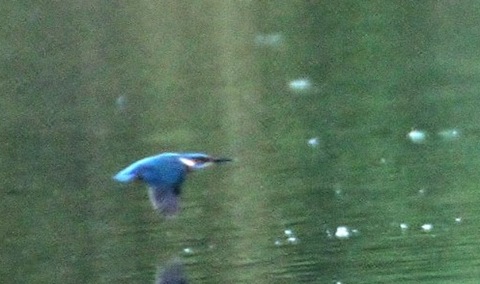
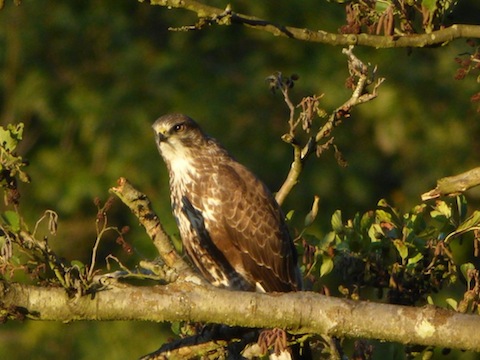
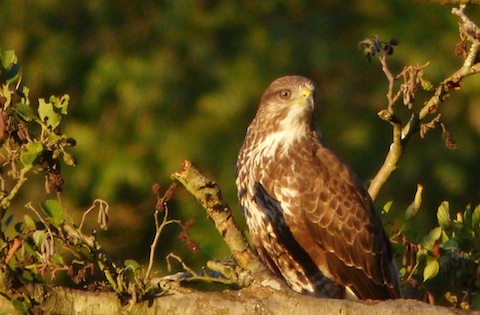






Chaz Folkes
October 16, 2014 at 2:29 pm
Fantastic shots of the Buzzards. Also great to see the Kites. I worked at Barnett Hill many years ago but never saw anything as exciting as that!
Bob Smith
October 16, 2014 at 4:39 pm
Great Red Kites pics Malcky. Good colours in the sunlight